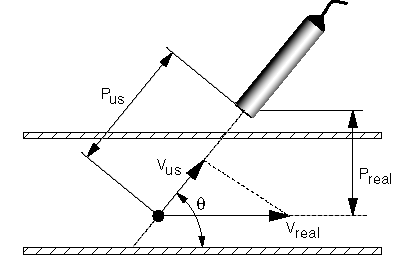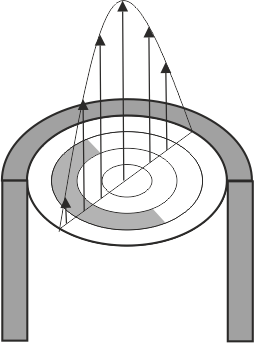The main important point is to insure a good coupling between the transducer and the liquid. Any gas interface is not allowed
because gas has a very low acoustic impedance and therefore reflects all the ultrasonic energy.
The best coupling is realized when the transducer is immersed in the liquid. All Signal Processing's transducers can be completely
submerged in any liquid which is not chemically aggressive. The housing of the transducer is made of stainless steel
and the front surface is made of epoxy. Other material for the housing can be also available.
When it is not possible to immerse the transducer and a solid wall has to be crossed, an ultrasonic coupling gel is used.
Normally the transducers are delivered with a standard cable of 1.5 meter, but longer cable can be used. The only requirement
is to use a 50 ohm cable, like any RG174 or RG58 cable. Using a cable longer than 10 meters can induce some noise in the measurement
and some loss in sensitivity.






